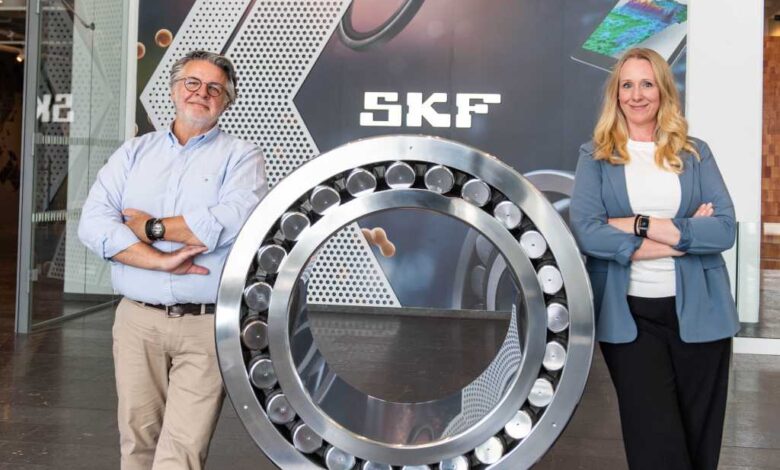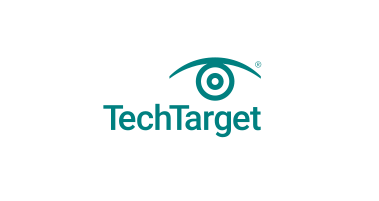SKF’s AI springboard into a new business model

“It’s a huge step for us,” says de Freitas. “We leave complex license infrastructure and service levels up to SAP’s one-stop-shop in the cloud. It gives us a better opportunity to benefit from its news and latest releases in security, functionality and technical stability.”
Strategic AI
Finding the right applications of AI is also high on the agenda. “Applied AI is one of our strategic technology priorities,” Stranne says. The focus is on three areas, the first of which is about how AI can be used in various tools such as those SKF can get via SAP’s Rise but also via, for example, Microsoft. “Right now we’re testing M365 Copilot to a limited extent and gathering user input to understand where the value for the company lies,” she adds. “At the same time, it also means that our employees gain an understanding of what AI can contribute to the tasks they perform every day.”
The second area is SKF to develop its own AI models within its core business. For example, over the last couple of years, the company has been working with condition monitoring, or checking the condition of their machines during operation to see when it’s time to maintain them, and make sure the right parts are in place. And in order for employees to test new models, SKF has set up separate environments, so-called sandbox environments, together with its cloud providers, where it’s possible to experiment in a safe way. There’s also a community where interested employees can discuss and exchange experiences, or maybe test similar areas of use together.



